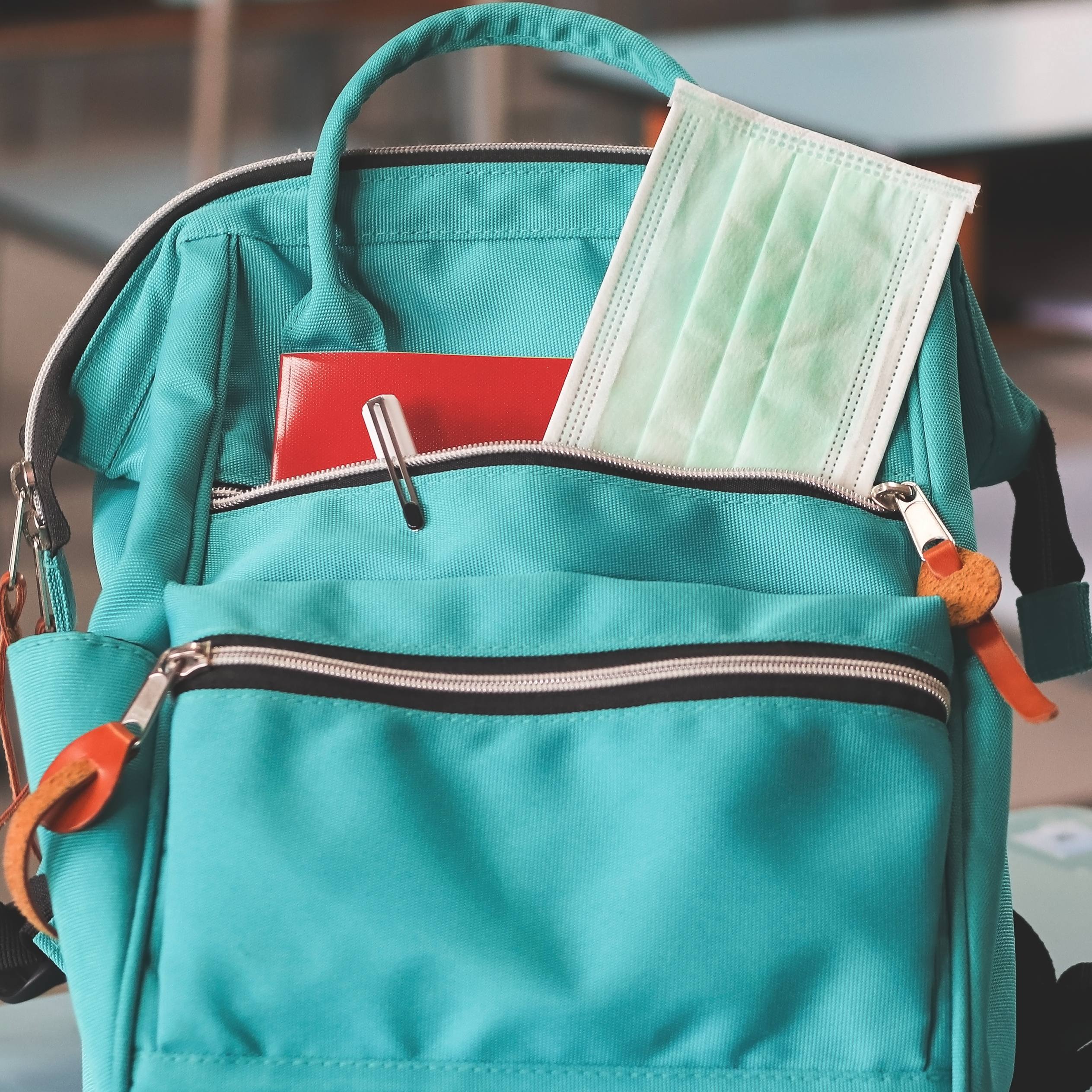-
Adverse Effects of Scoliosis Depend on Magnitude of the Curvature
Adverse Effects of Scoliosis Depend on Magnitude of the Curvature
November 12, 2010
Dear Mayo Clinic:
I was diagnosed with mild scoliosis as a teenager, but never had any treatment. I am now 24. Will this have any adverse effects as I age?
Answer:
Your likelihood of having adverse effects depends on the magnitude of your scoliosis, a condition defined as a sideways curvature of the spine that develops most often in children prior to puberty.
When scoliosis is first diagnosed in children, based on a physical exam and X-ray, we generally advise regular checkups every four to six months and X-rays to monitor the condition and see if the curve changes or worsens over time.
Once the bones stop growing, the risk of the curve getting worse is generally less, though much depends on the measurement and the pattern of the curve. In addition, though both boys and girls can develop scoliosis, girls have a much higher risk of the condition getting worse and requiring treatment.
Scoliosis severity can be assessed using X-rays. If you don't know what your curvature measures, it would be reasonable to see a physician and obtain a scoliosis X-ray.
If your scoliosis measures less than 30 degrees, then your chance of having future adverse effects is very low. You do not need to seek medical attention unless you are having symptoms, such as increased back pain or difficulty breathing, or notice a change in the shape of your body.
If the scoliosis measures greater than 50 degrees, then chances are high that you will have problems later in life. Severe scoliosis can be disabling. It can cause the spine to twist as well as curve side to side. And this rotation of the spine can affect the rib cage, for example, causing back pain, difficulty breathing and even heart damage.
In children and adolescents, bracing can be used to treat milder cases of scoliosis; a brace would not be an effective treatment for you because at your age your bones are no longer growing. But you might benefit from corrective surgery.
Surgery helps straighten the spine, reducing the severity of the curve and preventing it from getting worse. The procedure is called spinal fusion. Two or more bones in your spine are connected or fused using new bone. Surgeons may use metal rods, hooks and screws to hold the newly fused part of the spine straight and still while the bone heals.
If your scoliosis measures between 30 and 50 degrees, then the future is unpredictable. I would recommend that you see your doctor and repeat an X-ray in approximately five years to monitor for progression of the disorder.
We still don't know what causes most cases of scoliosis — though it tends to run in families. Currently, researchers are experimenting with a blood test that may help us identify the risk of an individual patient's scoliosis getting worse over time.
— Anthony Stans, M.D., Orthopedic Surgery, Mayo Clinic, Rochester, Minn.
Related Articles







